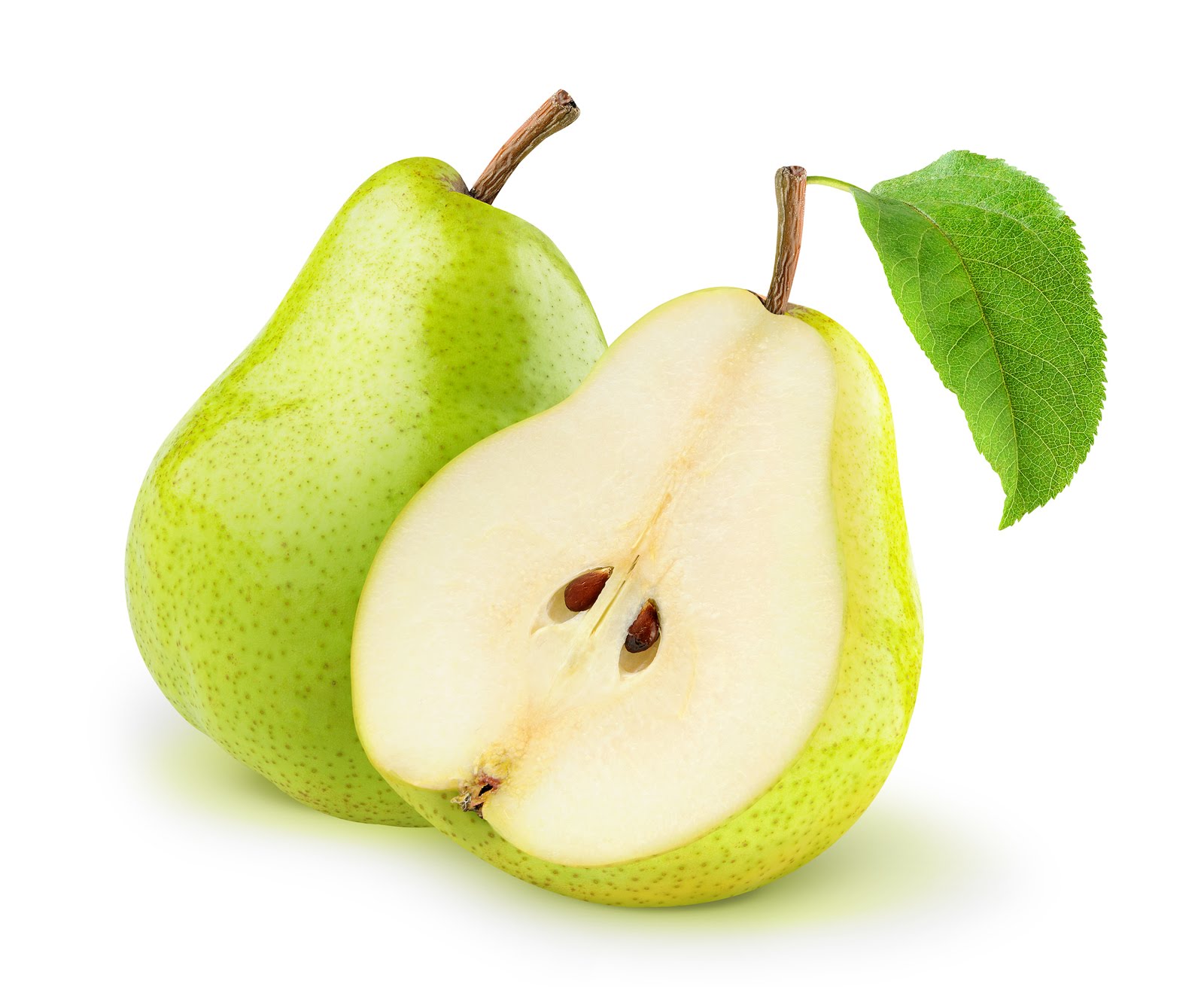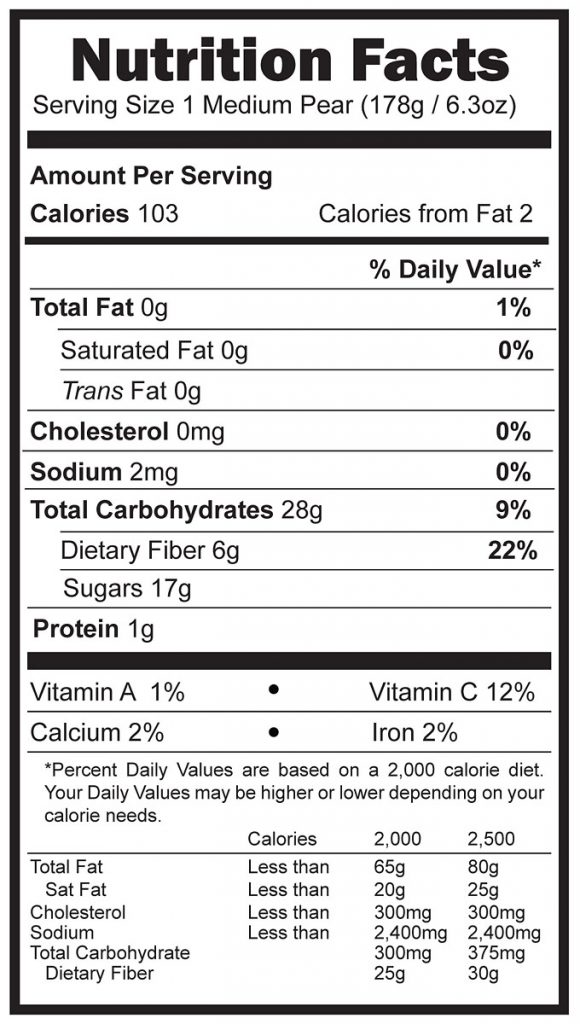Aside from the fiber content, pears provide Vitamin C and potassium, both of which are daily necessities. At just around 100 calories, we can easily classify this fruit as a regular on our grocery lists. Be sure to keep these green goddesses at room temperature so they can ripen! At this point, they can be put in the refrigerator, but only do so if they are matured already.
How do you keep your pears from browning, you ask? Similar to apples, the browning stems from the oxidation, or the exposure to air and oxygen when opened. We tell you this so you know this is a natural process, and shouldn’t deter you or your little’s from still crunching down the slices. The longer the inside of the fruit is exposed to oxygen and the surrounding air, the faster they will brown – which tends to point in the direction to consume the pears as quickly as possible once they have been sliced. If you want to try and slow the browning, feel free to drop a few lemon juice squirts on the pear slices.
This descendent from the rose family of plants has many different varieties, which explains various colors, textures, and sizes you may have come across. Typically you will come across the European Pear in your everyday grocery stores. Let’s break down the other varieties and what sets them apart for your knowledge.
Bosc: brown-skinned pears.
Bartlett: most often found in cans of pears, yellow and green speckled.
Comice: green and red coloring, round and short.
Concorde: tall and skinny golden pears.
Forelle: often red and green and speckled.
Green Anjou: a commonly found short-necked pear.
Red Anjou: maroon colored pear, short-necked.
Red Bartlett: bright red skin coloring, perhaps some faint vertical striping.
Seckel: smallest pear, green sometimes mixed in with red.
Starkrimson, crimson red coloring, narrow-necked.
Many believe the European pears and the Asian pears, both commonly known, evolved separately in history, yet have the same time frame of evolving. It was in the 1500s that the Europeans brought pears to North America. It appears that at this time and even still today, pears are much more valued in Europe even though the United States imports over 75,000 metric tons each year. The US is not nearly the frontrunner of growing pears, as are Argentina, Chile, China, South Korea, and New Zealand. China is by far the largest grower of pears in the world. However, if we are exclusively talking about the US, it is Washington State that produces the most pears.




